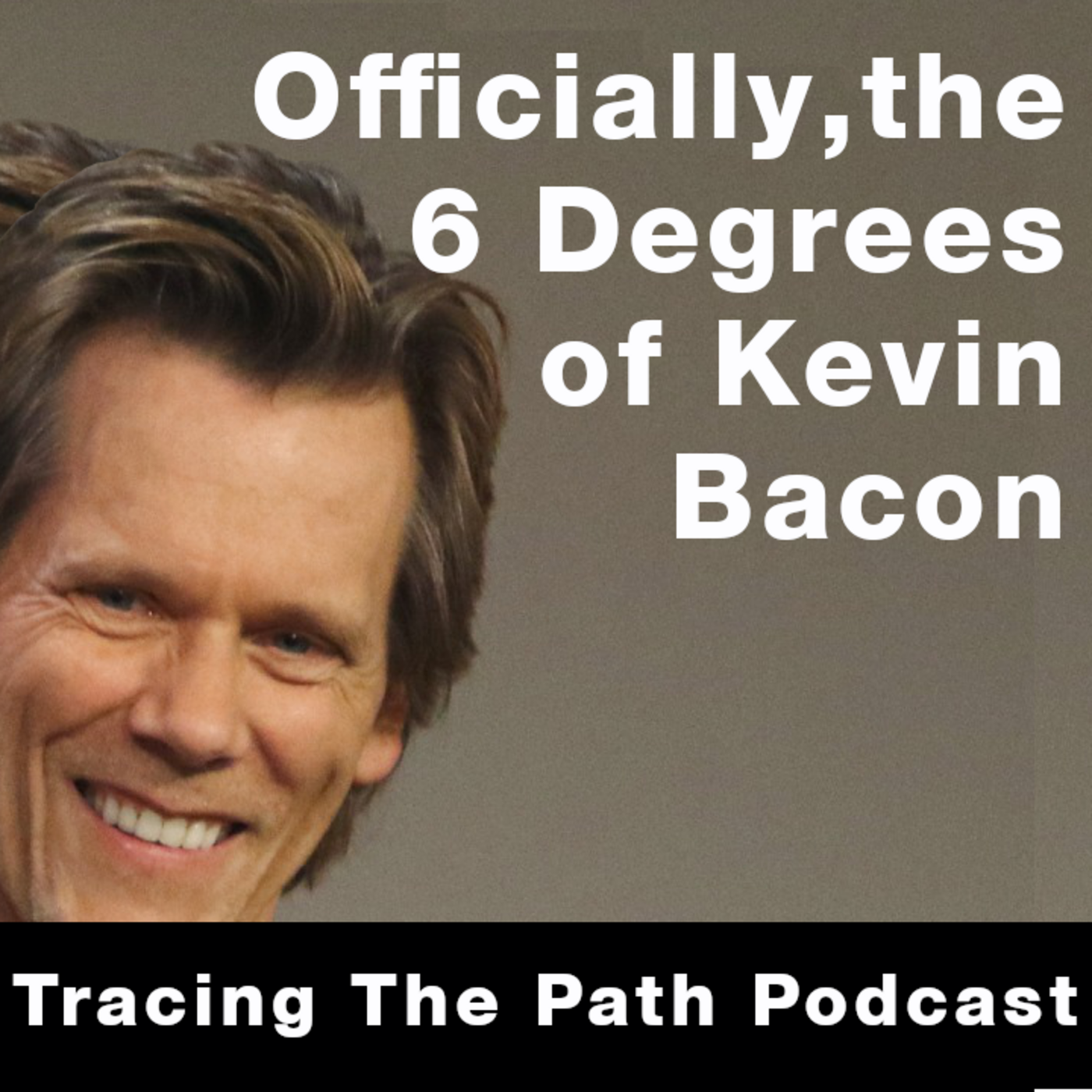
Connecting The Six Degrees of Kevin Bacon
This episode, “Connecting the Six Degrees of Kevin Bacon,” explores the concept of interconnectedness through a series of seemingly disparate stories, emphasizing that “everything is connected.” It begins by tracing the modern meaning of trivia from its medieval Latin roots to its popularization as a game, highlighting its transformation from “commonplace” or “of little importance” to “random factoids.” The narrative then demonstrates the “six degrees of separation” principle by linking diverse topics: the adoption of “In God We Trust” as a national motto, the New York Mets’ “You Gotta Believe” season, the D-Day Normandy invasion, and Warren Buffett’s takeover of Berkshire Hathaway. Ultimately, the text reveals a direct chain of connections between these events and individuals, culminating in the “Six Degrees of Kevin Bacon” game, proving that even “trivia” is remarkably interconnected.

Audio Hour:
If you run an activity group, classroom or “audio book club”, click here for more information on using Tracing The Path.
Throughout the episodes, every tune is somehow related to the topic. In the Twinkies episode, for instance, the discussion of the Brooklyn Tip-Tops Baseball team concludes with “Take Me Out To the Ballgame”.
How many do you recognize? And harder, how many can you name?

Tracing the path started out as the interconnected stories of the world’s greatest people places ideas and events. While we try to always have a connection to the twentieth century, it seems everything is connected, no matter the time.
In 1909, Guglielmo Marconi started a movement that is still reverberating today. This is that story.
There is no real word for interconnected trivia. Trivia is largely stand-alone bits of random information. Typically it is only connected by categories, but in reality everything is connected.
Did you know Trivia is the plural form of the word Trivium? In medieval Europe students learn trivium in school, that is grammar, logic, and rhetoric. The word Trivium breaks down into tri and via, meaning three ways.
And it has always held the meaning of something that is commonplace.
Shakespeare gave it a new tone. He used it to mean “of little importance.” In his 1603 work, All’s Well that Ends Well, he wrote, “Our rash faults make trivial price of serious things we have, not knowing them until we know their grave.” It wasn’t until the 20th century, the word trivia started to take on the meaning of random factoids.
STORY ONE
In 1902, author Logan Pierce-Mole Smith wrote a book of little essays about random bits of information. He titled it “Trivialities, Bits of Information of Little Consequence.” As such, the modern meaning of trivia was born.
It wasn’t until 1965 did it become a game or a source of entertainment. The Columbia Daily Spectator, the student newspaper of Columbia University, published the first known trivia game. It was so popular, the writers turned their trivia knowledge into a book called trivia, which became a New York Times Best Seller.
Trivia Games began to then permeate all parts of culture, including TV and radio. And in the early 1980s, the Minnesota Educational Computing Consortium had a few simple trivia games in their catalog, next to their Oregon Trail game.
In 1981, the King of trivia games made its debut. Two Canadian newspaper guys, Chris Haney and Scott Abbott, were playing the game’s Scrabble when they decided to make their own game.
They loved trivia, and thus created “Trivial Pursuit.” Their friends liked the game so much they decided to see if they could make a commercial venture out of it. While they sold 1,100, they were making it for $75 and selling it for $15. So they licensed it to a company called Cell Cow and Writer.
In 1984, sold a record 20 million games.
It was made up of questions about the people, places, and events that have captured the popular imagination. As the meaning of the word implies, they are all common knowledge to someone, and have little importance to someone else. While they are divided into six categories, there is no attempt in the game to connect any of the questions.
Being the enthusiastic stalwart we are, we thought we’d take a stab at taking a question from each category and finding the connections.
STORY TWO
Starting with the purple category, arts and literature.
“When did, in God we trust, become the national motto?”, is the question.
In the game, all that is required to get it right is the date, July 30th, 1956. But that is only half the story.
Prior to 1956, the U.S. didn’t have a National motto. Back in 1776, the Latin phrase “e pluribus unum” was suggested as the words to be placed on the great seal of the United States. It seemed totally appropriate as people from six nations were coming together to become one nation. And the words had 13 letters for the 13 original colonies.
But other than Congress approving the seal in 1782, there was no mention of an official motto.
In fact, in 1814, at the Battle of Fort McHenry, Francis Scott Key was so moved by the raising of the American flag at dawn, he wrote a poem commemorating it. He called it, “In Defense of Fort McHenry,” and suggested in prose that we adopt a motto, for Fort McHenry, and suggested in prose that we adopt a motto, specifically he wrote,
“Then conquer we must, when our cause is just, and this be our motto in God we trust.”
That poem would one day become our national anthem.

But it wasn’t until the Civil War that national recognition of God was called upon. Actually, a minister from Pennsylvania, who was worried about the fate of the nation after the Civil War, wrote to the Treasury Secretary, asking if he’d add recognition of the Christian God to our money. He feared the country wouldn’t make it through the Civil War, and future generations would think the U.S. had been inhabited by heathens.
Treasury Secretary Samuel Chase agreed, and asked the director of the Mint to add a motto to the coins that represented our national trust in God. Two years later, the Mint did come up with ideas to present a Congress for approval. But it was actually Samuel Chase himself, who wanted, “In God We Trust” specifically to be placed on the coins.
So in 1864, Congress passed the bill, and coins with “In God we trust” were printed. Effectively giving the US two de facto mottos. “In God we trust,” and “E. Pluribus Unum”. Several more laws were passed regarding in putting “In God We Trust” on other coins, until 1908, when Congress passed the law mandating it on all coins.
But little was said after that, until the Cold War, with the Soviet Union, which began in 1947.
The Soviet influence over the East European countries after World War II was troublesome for the U.S. President. Truman felt communism to be oppressive to free people, and he wanted the U.S. to stand behind free nations. Senator McCarthy, in 1950, exacerbated the situation by claiming to have a list of government officials who were communist sympathizers. He labeled communists as “godless beings” and started the communist witch hunt that pervaded Hollywood and politics alike.
But it wasn’t until Dwight Eisenhower became president that solutions started being offered up. Eisenhower wanted there to be a clear line of difference between the US and the Soviet Union. Fearing the Soviets’ atheistic ways, he pushed for Americans to make their way back to church. He was the first to get baptized while in office, and he brought in Billy Graham, to provide counsel.
It was time with Billy Graham that he felt faith should be encouraged. In the 1954 he approved Congress adding “under God” to the Pledge of Allegiance. And on February 7, 1954, he gave a national radio address, telling stories of the pilgrims, George Washington, and Lincoln, all having a strong faith in God.
But it wasn’t just him, Billy Graham, Norman Vincent Peel, and Dr. Bishop Fulton were all encouraging faith.
And then on July 30, 1956, despite many people citing the US’s need for separation of church and state, and others actually citing the Star-Spangled Banner as a motto evidence, Congress passed legislation, making “In God We Trust” the official motto of the US.
And the following year, the first paper money with the phrase was issued.
If you’re taking notes that first story was in the Arts and Literature category, it span the time frame of 1814 to 1956 in largely involved government.
STORY THREE
Can you find a connection to this next story which comes from the Orange category of sports?
“Who won the 1973 World Series?” The answer is simple. It was the Oakland A’s and their superstar Reggie Jackson.
But that’s the trivia, not the story.
In fact, buried in the trivia is the story of human resilience. Baseball has held the popular imagination since to rival on the scene, whether it was Babe Ruth or Sachel Page, Tiptop Red or Crackerjack, “Take Me Out to the Ballgame” or the “Star Spangled Banner”, for most of America’s history, baseball has been the national pastime.
That was no different in 1973, a big year for baseball. That was the first year the designated hitter rule was played in the American League. It was the year no one broke Sandy Cofax’s record for the number of strikeouts in a season.
The Kansas City Royals moved to Royal Stadium, and the Yankees were purchased by George Steinbrenner. And it was the year Pete Rose and Willie Mays collected their 2000 hits.
But nothing captured the attention of America like the Mets that year. The Mets 1972 season was interrupted by the sudden death of their manager Gil Hodges, making the 1973 season the year to come back and play in the honor of Gil. And their manager this year was nonetheless than the famous catcher, Yogi Berra.
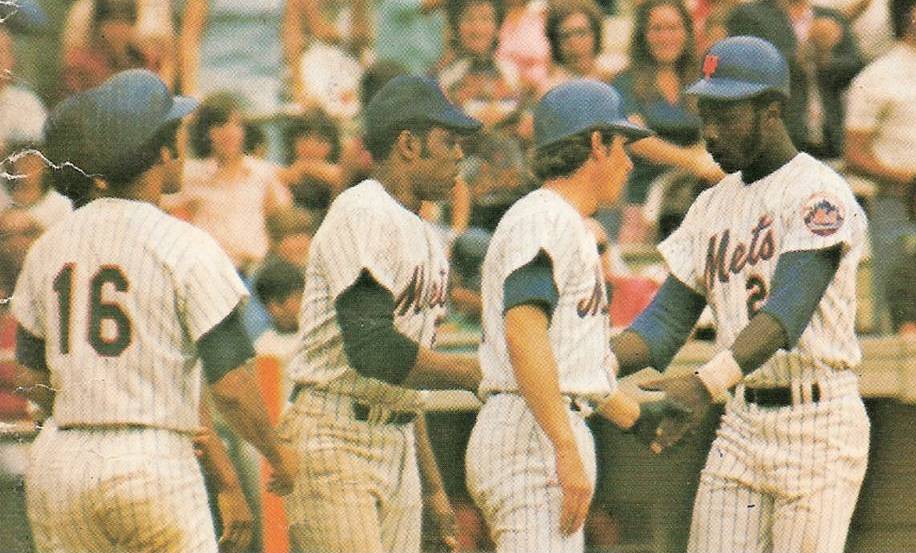
But even so, halfway through the season, the Mets found themselves in last place of their division, without any heart about the game. On July 9th, before the game, the chairman of their board came down to talk to the team. The newspapers were calling for the firing of Yogi Berra, and the team seemed hopeless.
Mr. Grant, the chairman, just wanted them to believe in themselves. Before he was done, one man from the back of the room,Tug McGraw, jumped up and yelled, “You gotta believe.” And not just then, but he would repeat it over and over to reporters and fans, “You gotta believe.” Which became the unofficial motto of the New York Mets.
And it worked.
The Mets won 24 of the next 33 games, including beating Pete Rose and the Cincinnati Reds and the playoffs. And then, they tied up the World Series at three games each with Oakland. But Oakland’s home run hitter, Reggie Jackson, was too powerful that year, and defeated the the Mets in the final game.
So yes, for the trivia buffs, the 1973 World Series was won by the Oakland As. Can you find a connection there?
Maybe both stories talked about a motto, which sounds more like coincidence and less like connection.
STORY FOUR
Story number 4 comes from the Blue Category, geography.
“What country was the D-Day Normandy invasion?”
Like baseball and politics, our military operations have also captured the popular imagination. For Americans, the Civil War, Vietnam, and World War II command the most time and interest. In 1940, two million people had fled France, as the sounds of the impending tanks, bombs, and mortar shells, were no longer able to be ignored.
Paris was under attack.
And while America is an empathetic and helping nation, it wasn’t for another year before they entered the war.
December 11th, 1941
Pearl Harbor. Pearl Harbor made World War II impossible to ignore. At home, the government instituted rationing, and the country prepared as a whole to go to war. Rosie the Riveter and Uncle Sam became the iconic figures. In fact Norman Rockwell painted a Rosie the Riveter picture for the cover of the Saturday evening post in 1943.
The Normandy invasion took place in June 1944 and it is still considered to be the largest seaborne invasion in history.
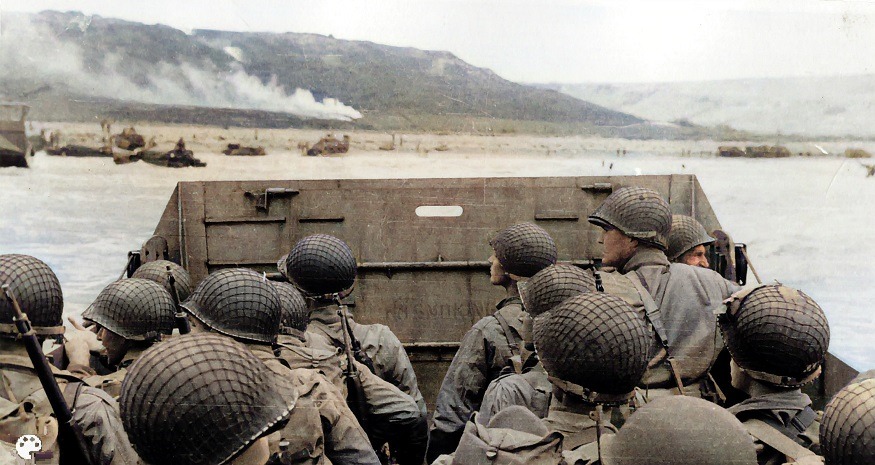
The invasion included 7,000 ships, 850,000 troops, 148,000 vehicles, and 570,000 tons of supplies, all landing on five beaches, along the coast of Normandy, in France.
And it was more than just the US who took part. Even the people in countries involved with deception efforts elsewhere all contributed to that day.
STORY FIVE
That brings us the story number four from the Yellow category, History.
“In 1965, who took control of Berkshire Hathaway?”
Most likely, the only name you’ve ever heard with a relation to Berkshire Hathaway is Warren Buffett. If that was your guess, you’d be correct. While his story is not quite rags to riches, you can’t take anything away from his business acumen and decision making.
His father was a four-term congressman, but not every congressman’s son sells small things to make money during college. Buffet and his friends pulled their money to buy a used pinball machine. They put it in a barbershop and stopped by every week to collect the quarters. They made enough money that they bought more machines and soon had them all over Omaha.
In 1960, by the time he was thirty, he was a millionaire.
One of the companies that caught his eye was Berkshire Hathaway. Berkshire Hathaway had been a textile manufacturer. One thing Warren Buffett noticed was that when one of the mills shut down, the stock price would decline. He knew immediately that they had a management problem.
So he slowly bought shares until he had enough to take it over. And then he helped replace the management. But he also pushed it into the insurance business.
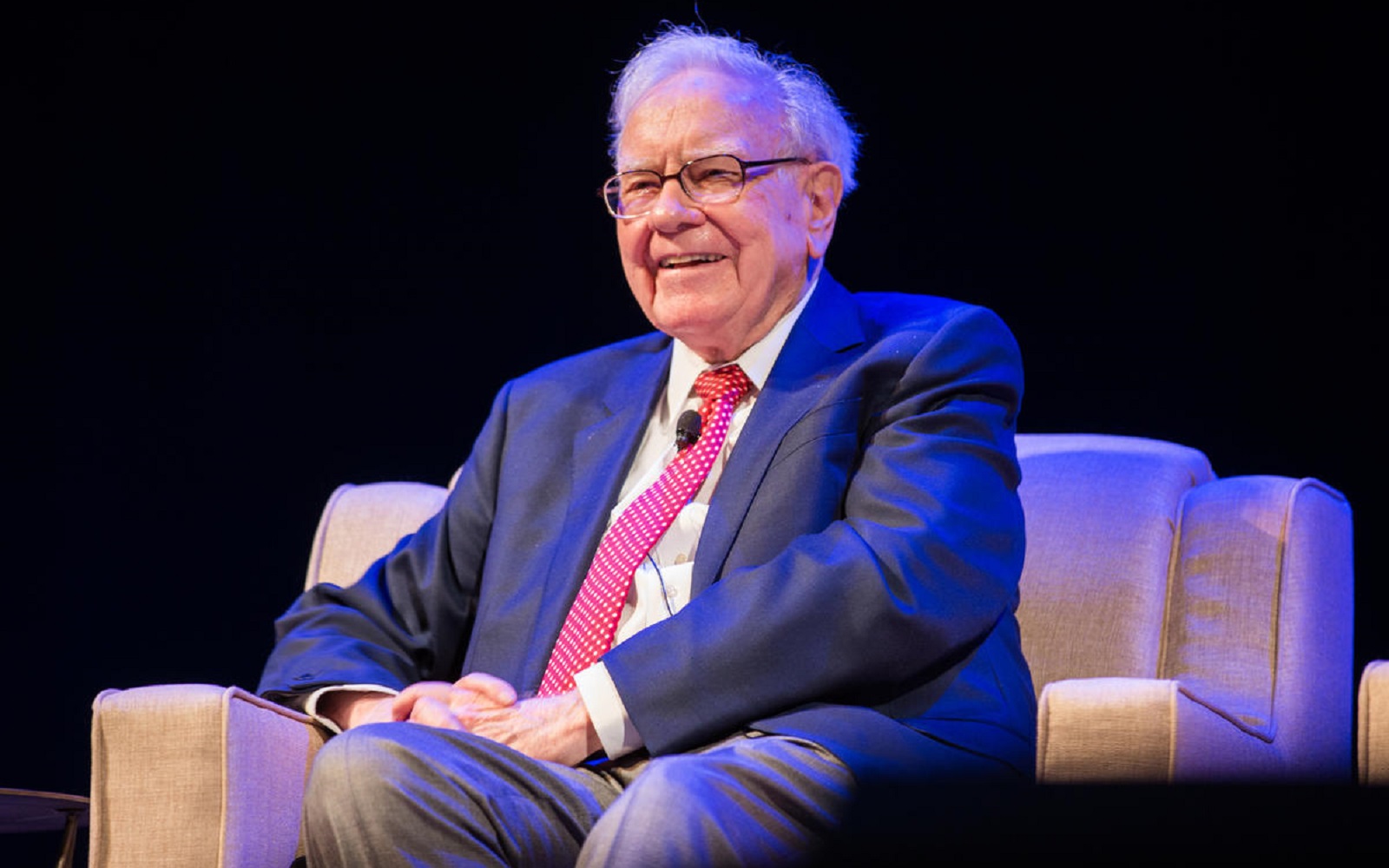
By 2008, the culmination of all his business decisions put his net worth at 62 billion. In that same year Bill Gates would step down from Microsoft, making Warren Buffet the richest person in the world.
Having made most of his money after he turned sixty makes him an inspiration to entrepreneurs everywhere. Which begs the question, is there something in here that connects it to the other stories so far?
Back in 1909, Guglielmo Marconi, the guy credited with making radio waves reach further, won the Nobel Prize in Physics for his contribution. In his speech, he excitedly shared how the entire world would one day be connected by a large network of radio tower stations.
It was his opinion that would people would be no further than six radio tower stations apart to reach the entire world. There would only be six degrees of separation.
That speech would ignite the popular imagination of the world.
Twenty years later, in 1929, Hungarian author, Frigyes Karinthy published a volume of short stories and tiled “Everything is different” and one of those stories was called chains. The story posed the idea that as technological advances in communication and travel grew, friends and friend networks would span larger and larger distances, and thus the modern world was actually shrinking due to our ever increasing connectedness of humans.
And then he paused at a question, “Could any two individuals be connected through it most five acquaintances?” And writing that created a fascinating game of discussion. He suggested selecting anyone on earth and figuring out how you could connect to that person through personal acquaintances alone.
This concept grew wildly through our popular culture and had academics all over trying to find ways to prove or disprove the theory of networks.
In 1990, American playwright John Guare wrote a play that was turned into a movie. That play was called Six Degrees of Separation and even more popularized this idea. The play was turned into a movie starring Stockard Channing and Will Smith.
Now in college at that time, three students were held up and their Albright College dorm room staying warm from the snow. Craig Fass, Mike Janelli and Brian Turtle were watching “Footloose” when a commercial for Quicksilver, the movie, next came on.
Both movies starred Kevin Bacon.
Six Degrees of Kevin Bacon
That sparked a discussion about how many movies Kevin was in and how he probably knew everyone in Hollywood, or was only a few steps away from knowing everyone. That led to the informal party discussion game, Six Degrees of Kevin Bacon.
Could any actor be connected to Kevin Bacon through other actors in six steps or less? That game took off around the university. Brian and the guys even wrote John Stewart telling him about the game and got a guest appearance on his show, and then another on Howard Stern and then another, and soon the entire country was playing Six Degrees of Kevin Bacon.
Google even created a page where you could plug in a celebrity’s name to find out their Bacon Number.
This idea of connectivity has now been tested by many, but perhaps the most significant is that of Facebook. Facebook had a Six Degrees App, where it looked at all the relationships between people and learned the average number of steps between two unrelated people is 5.73, with the most being 12.
Unfortunately, Marconi was not around to see the fruits of his prediction.
Connecting the Stories
That brings us back to our stories. Is there a way to connect all the stories together? Can the first one truly be only six steps away from the last?
Let’s start with the story of Trivia. The first Trivia game appeared in the Columbia Daily Spectator, the student newspaper at Columbia University. We can easily connect that to Mr. Warren Buffett, who attended Columbia University, and credits it for his investment strategy.
Plus, the year the Trivia game first appeared was the year Buffett took over Berkshire Hathaway, 1965, making that our first degree.
Warren Buffett is easily linked to Dwight Eisenhower in our second story. As Eisenhower was the president of Columbia University, while Buffett attended. That is our second degree.
Dwight Eisenhower is the president responsible for approving “In God We Trust” on our currency. And he was also the general in charge of the Normandy invasion in World War II.
Of the 850,000 troops sent to Normandy for D-Day invasions was a young soldier, manning a naval support craft. His name was Yogi Berra, and he would one day manage the 1973 New York Mets. Degree number three.
Tug Magraw was also on the 1973 Mets.
He was the player that yelled, “You gotta believe,” help and turn a last place Mets team into a World Series contender. Fourth Degree.
A few years after the World Series, Tug Magraw was asked by a local news station in Philadelphia if he’d come down and present a medal to a young boy who’d saved his family from a house fire. Like Tug Magraw, he believed he could do it.
That boy was Brian Turtle, the co-inventor of the Six Degrees of Kevin Bacon Game. Degree #5
Due to the popularity of the game, Brian would find himself face to face with Kevin Bacon on stage at the South by Southwest Conference. Even the word trivia is only six degrees from Kevin Bacon.
Trivia to Buffet to Eisenhower to Berra to McGraw to Turtle to Bacon.
Everything is connected.
You just have to Turtle to Begin. Everything is connected. You just have to trace the path.
As you can see in these stories, every single one of them is connected to at least three others. That’s because everything we do impacts other people, other events, and other ideas. You are not immune. It only takes one person to change the world.
You’ve been listening to tracing the path with Dan R Morris.
CUTTING ROOM FLOOR
To hear all the stories that hit the cutting room floor, you have to listen to the episode.
ABOUT THE SHOW
Let us tell you the story of the 20th Century, by tracing each event back to the original decisions that shaped it. You’ll quickly find out that everybody and everything is connected. If you thought you understood the 20th Century, you’re in for a treat.
Tracing the Path is inspired by storytellers like Paul Harvey, Charles Kuralt, and Andy Rooney.
INTERCONNECTED EPISODES
 |
How the Hostess Twinkie Survived Death Twice Did you know the toaster was invented before sliced bread? And Twinkies almost didn’t survive the 80s. |
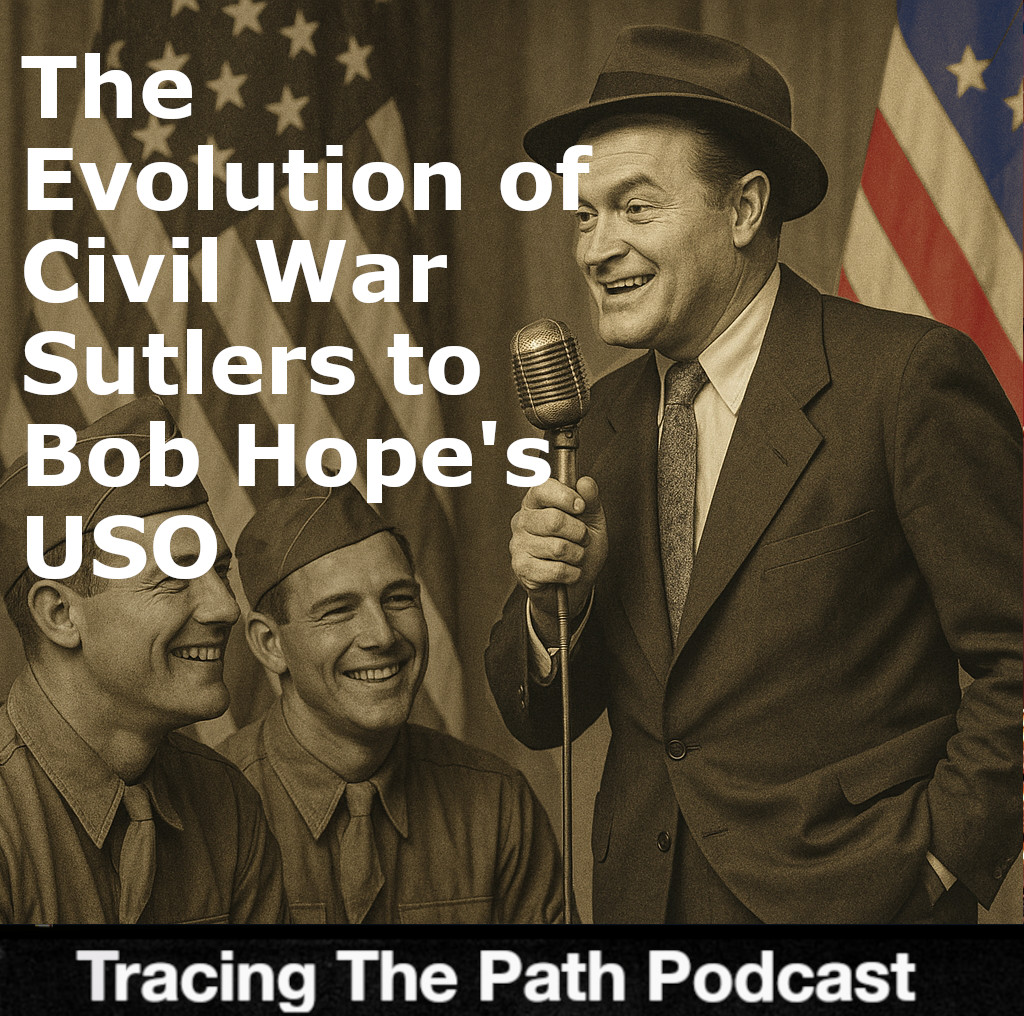 |
Evolving Civil War Sutlers into the Bob Hope’s USO Many factors went into the success of the USO. It wasn’t necessarily just big hearted celebrities |
 |
How Curious George Escaped Nazi German The Story of Margaret and H.A. Rey is fascinating. |
 |
The Surprising Life Story of Paul Harvey Pearl Harbor, Pilot, Chicago and Coca-Cola; The World’s Most Prolific Radio Man |
 |
How the Oregon Trail Game Made Apple Famous Was it the Apple IIc that made Oregon Trail famous? Or the other way around? |
 |
James Bond Ghost Armies Ungentlemanly Warfare Ian Fleming was much more than the author of James Bond. |
 |
Believe it or Not? A cartoonist saved our national anthem. And not just a cartoonist, an American Military March composer as well. |
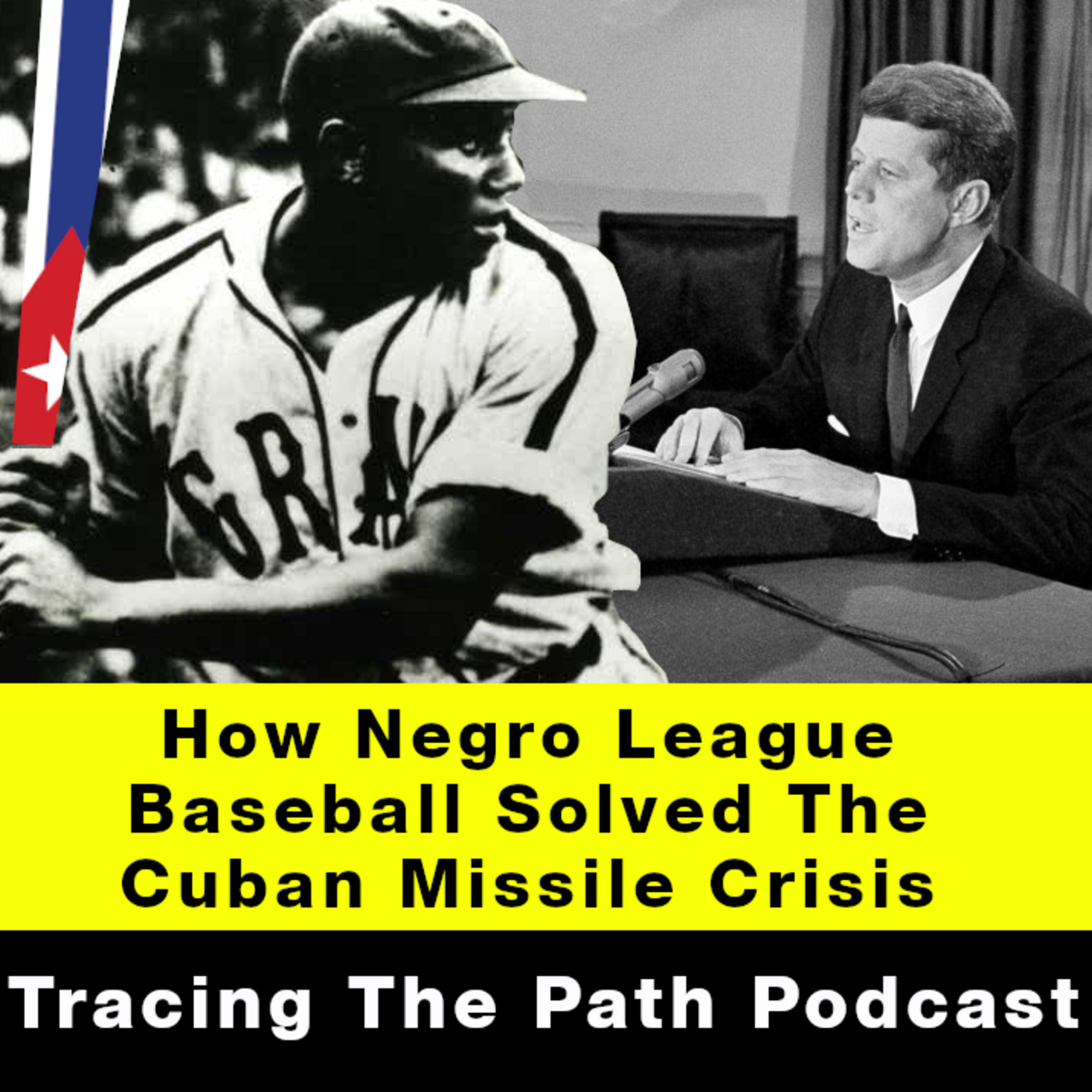 |
How Negro League Baseball Solved the Cuban Missile Crisis It was bittersweet to see the Negro League end. So many goods, so many bads. |
 |
Did the Post Office Grow America? How much did reliance on the post office allow us to move far away from home? |
 |
20th Century Trivia Window How did Trivial Pursuit and Jeopardy capture the popular imagination? |
SEE THE BIBLIOGRAPHY
SUBSCRIBE AND LISTEN (FOR FREE!)
RATINGS & REVIEWS
If you enjoy this podcast, please give it a rating and review.Positive ratings and reviews help bring Tracing The Path to the attention of other history lovers who may not be aware of our show.



